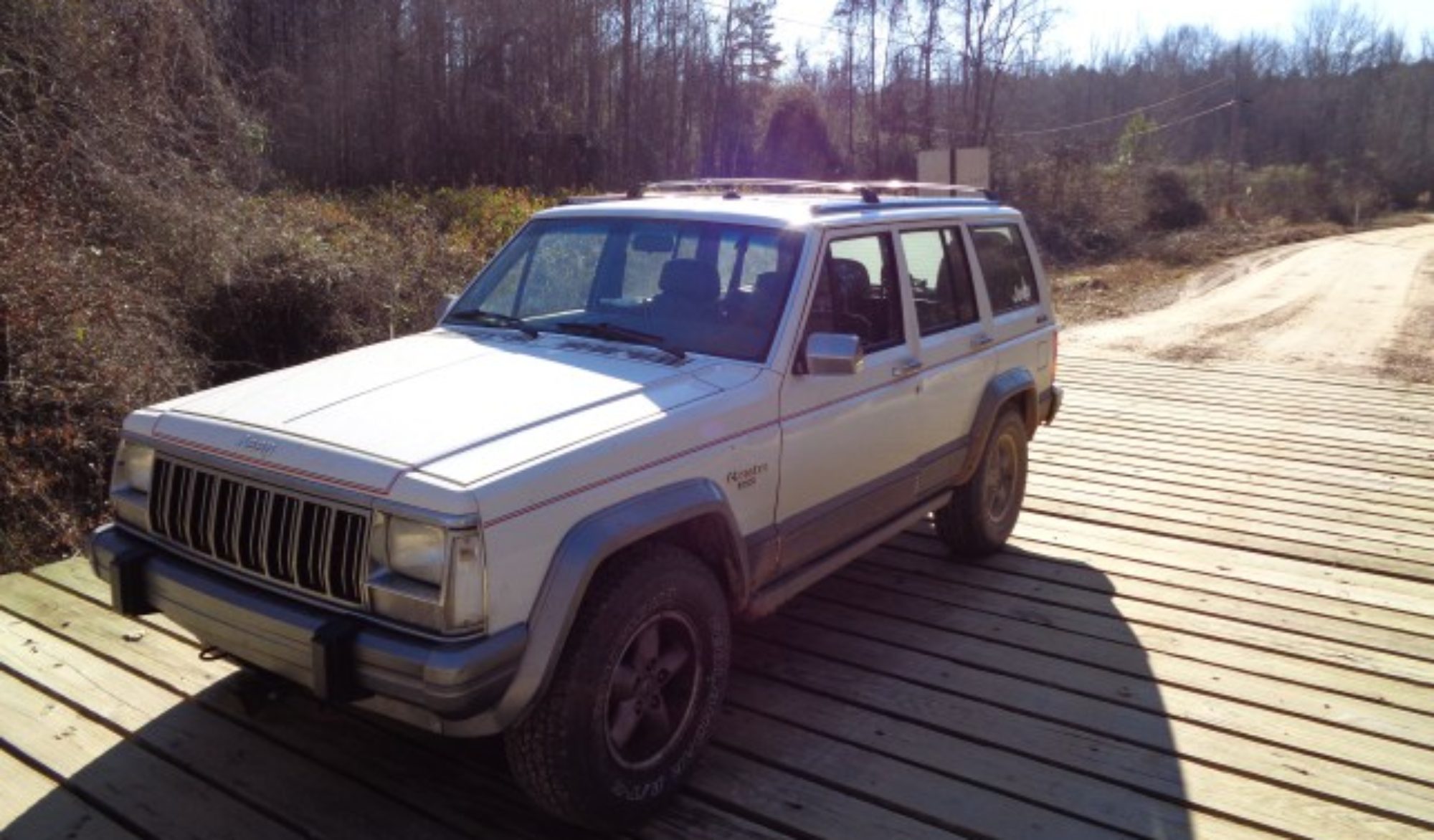Jeep Cherokee Torque Converter will not lock
The first time I had this happen, I thought it was odd. But now I have had the same problem on another Jeep Cherokee. The transmission computer will not send the signal to lock the torque converter. This results in higher rpms and lower gas mileage.
The first time, I had quite a time tracing through the wiring diagrams to find the poorly documented brake switch. This switch releases vacuum to the cruise control motor and drops the signal for the torque converter. It is mounted on the brake pedal assembly well about the switch for the brake lights.
Removing the switch is difficult for me. To make it somewhat easier, I removed the driver’s seat and lay in the floor. Even in this position, access to the switch is difficult. The wiring harness and the vacuum line must be disconnected before the switch can be removed. The switch has very fine threads and it took me a long time on my back to unscrew it.
Once the switch was out, I opened the case and cleaned the contacts in side. With just a quick blast of contact cleaner, the switch was reliable again.
Installation is much easier than removal. Just get the switch started in the threads and push. Slide it in to touch the brake pedal with the case. Reattach the vacuum line and wiring harness.
In both the 1988 Wagoneer and the 1989 Cherokee I worked on, this fixed the trouble with the converter. The later model Jeeps may have a different circuit to control the transmission so this trick may not work. However, for the Renix controlled Jeeps, this fix seems to do the trick.
Update: Just had the 89 come back to the shop and the converter was not lockign agon. However the brake switch was fine this time. Troubleshooting led to the TPS. With a new TPS the converter now locks up like it is supposed to and the transmission shifts better. http://mikestrawbridge.com/blog/2018/11/replacing-a-renix-tps/



